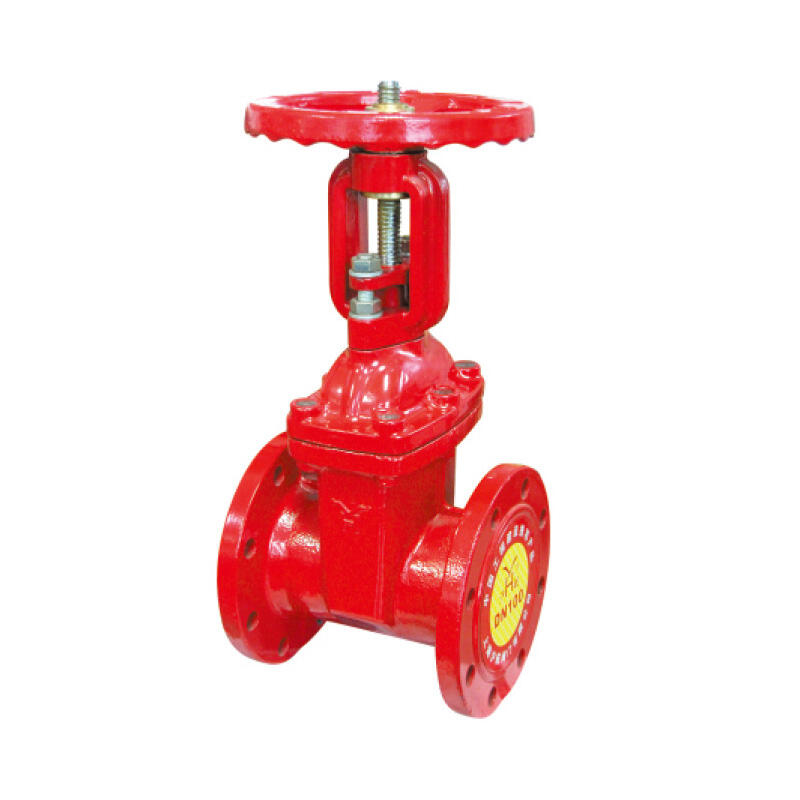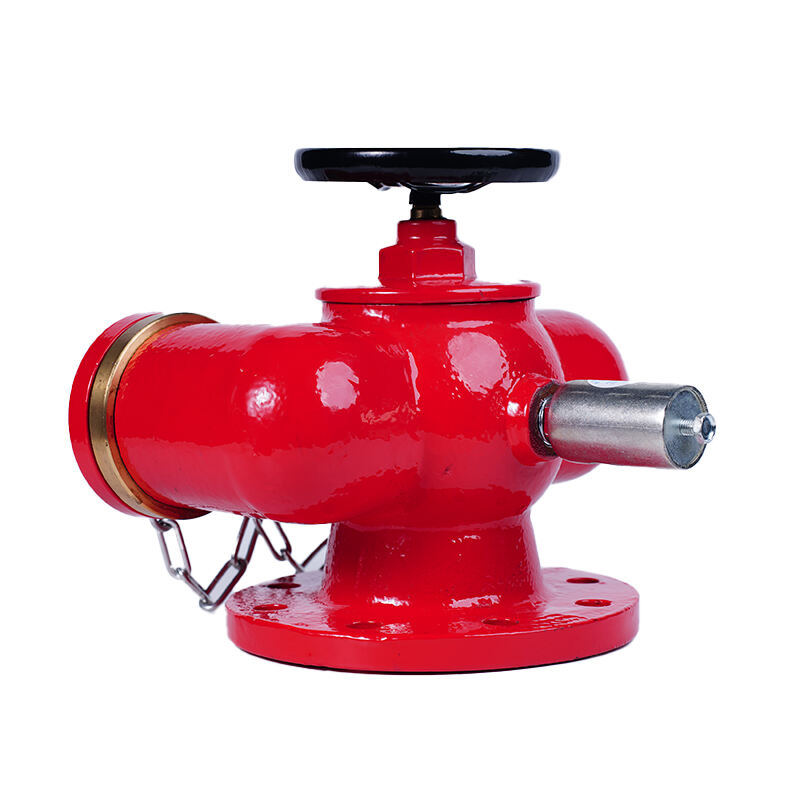Understanding Modern Fire Hydrant Systems
Fire hydrants stand as critical infrastructure in our communities, serving as the first line of defense in fire emergency response. These essential water supply points have evolved significantly since their inception in the early 1800s, now featuring various designs and specifications to meet diverse firefighting needs. The strategic placement and selection of appropriate fire hydrants can mean the difference between effective fire suppression and catastrophic loss.
Modern fire protection systems rely heavily on the proper implementation and maintenance of fire hydrants across urban, suburban, and industrial landscapes. Each type serves specific purposes and comes with unique features that make them suitable for particular environments and applications. Understanding these differences is crucial for fire safety professionals, city planners, and property managers.
Dry Barrel Fire Hydrants
Design and Operational Features
Dry barrel fire hydrants are the most common type found in regions that experience freezing temperatures. Their distinctive design keeps the main valve and water supply below the frost line, preventing damage during cold weather. The barrel remains dry when not in use, with water only entering when the valve is opened. This design includes a drain mechanism that automatically empties the barrel after use.
These hydrants typically feature multiple outlet nozzles, including one large pumper nozzle and two smaller hose nozzles. The operating nut at the top requires several turns to fully open or close the main valve, ensuring controlled water flow and preventing water hammer effects in the supply system.
Applications and Benefits
Dry barrel fire hydrants excel in cold climate regions where freezing temperatures could compromise wet barrel systems. They're particularly well-suited for residential areas, commercial districts, and any location where winter temperatures regularly drop below freezing. Their reliable operation and minimal maintenance requirements make them a preferred choice for municipal water systems.
These hydrants also offer superior protection against unauthorized use and vandalism, as their operating mechanism requires specific tools and knowledge to activate. The multiple outlet configurations allow for versatile firefighting operations, from standard hose connections to large-volume pumper operations.

Wet Barrel Fire Hydrants
Construction and Functionality
Wet barrel fire hydrants maintain a constant water charge within their barrel, making them ideal for warm climate regions. Their simpler design features individual valves for each outlet, allowing for direct control of water flow. The absence of a drain system and underground valve mechanism means fewer components that could potentially fail or require maintenance.
These hydrants typically incorporate check valves and pressure-relief mechanisms to prevent water hammer effects and protect the system from pressure fluctuations. The constant pressure in the barrel ensures immediate water availability when needed.
Optimal Usage Scenarios
Warm climate regions benefit most from wet barrel fire hydrants, where freezing temperatures don't pose a risk to the water-filled barrel. They're particularly effective in commercial and industrial areas where rapid water access is crucial. Their simple operation and maintenance make them cost-effective solutions for areas with mild winters.
The immediate water availability of wet barrel hydrants makes them especially valuable in high-risk areas where quick response times are essential. Their multiple independently operated outlets allow firefighters to manage water flow with greater precision.
Wall Fire Hydrants
Specialized Design Elements
Wall fire hydrants represent a space-saving solution for buildings and structures where traditional ground-mounted hydrants aren't practical. These systems are typically recessed into walls or mounted on building exteriors, providing ready access to water supply while minimizing obstruction of walkways or corridors.
The design often includes a cabinet or cover to protect the hydrant from weather and tampering while maintaining easy access for emergency use. Many wall hydrants incorporate standard connection types to ensure compatibility with local fire department equipment.
Installation Requirements
Wall fire hydrants require careful planning during building design or renovation to ensure proper water supply pressure and flow rates. The installation must consider structural support, accessibility requirements, and protection from physical damage. These systems often integrate with building sprinkler systems and standpipes.
Building codes typically specify minimum flow rates, pressure requirements, and spacing intervals for wall hydrants. The installation must also account for drainage and maintenance access while maintaining the building's architectural integrity.
Industrial Fire Hydrants
Enhanced Performance Features
Industrial fire hydrants are engineered for high-flow applications and extreme operating conditions. These robust systems often feature larger diameter connections, higher pressure ratings, and specialized materials to handle caustic environments or specific industrial hazards. Their design prioritizes rapid water delivery for high-risk scenarios.
Many industrial hydrants incorporate additional features such as monitors, foam injection capabilities, or specialized coating systems to resist chemical exposure. The construction often uses premium materials like stainless steel or specialized alloys to ensure longevity in harsh environments.
Industry-Specific Applications
Chemical plants, refineries, and manufacturing facilities rely on industrial fire hydrants as critical emergency response infrastructure. These specialized systems often integrate with facility-wide fire protection systems and may include dedicated water supplies or fire pumps to ensure adequate flow rates for industrial fire scenarios.
The selection of industrial fire hydrants must consider specific hazards present in the facility, required flow rates for worst-case scenarios, and compatibility with specialized firefighting agents or equipment. Their placement strategy often differs from municipal hydrants to address unique industrial risk factors.
Frequently Asked Questions
What determines the required spacing between fire hydrants?
Fire hydrant spacing is determined by several factors, including local fire codes, building density, occupancy types, and fire flow requirements. Typically, urban areas require closer spacing (often 300-500 feet apart) while rural areas may allow greater distances. High-risk or high-density areas might require even closer spacing to ensure adequate coverage.
How often should fire hydrants be inspected and maintained?
Fire hydrants should undergo visual inspection at least twice annually and receive full operational testing and maintenance annually. This includes flow testing, lubrication of operating mechanisms, and checking for leaks or damage. More frequent inspections may be required in areas with harsh environmental conditions or high usage rates.
What are the color-coding standards for fire hydrants?
Fire hydrant colors typically indicate their water flow capacity and water source type. The National Fire Protection Association (NFPA) recommends specific colors: red for water mains below 500 GPM, orange for 500-999 GPM, green for 1000-1499 GPM, and blue for 1500 GPM or greater. However, local jurisdictions may have their own color-coding systems.

